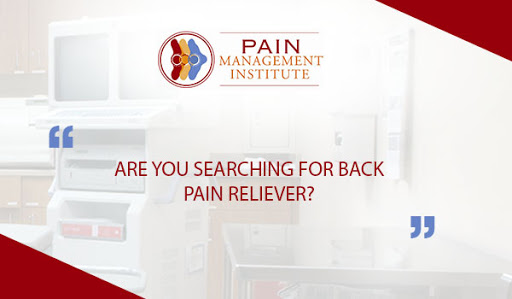The spinal cord is the foremost collection of nerves carrying nerve impulses to and from the brain to the rest of the body. Rings of bone, called vertebrae, are located around the spinal cord. These bones make up the spinal column or back bones.
Spinal cord injury can be a result by direct trauma to the spinal cord or a consequence of compression, damage from inflammation, infections, bleeds or clots, neoplasms, or spinal arthritis.
Spinal cord damage results in a failure of function, such as mobility or sensation. In majority of the people who have sensitive, traumatic spinal cord injury, the spinal cord is not fully detached but is bruised or torn. Spinal cord injuries may be an outcome of falls, diseases like polio, motor vehicle accidents, sports injuries, industrial accidents, gunshots and physical assaults, among many other causes. If the spine is fragile because of another condition, such as arthritis, slight injuries can cause spinal cord trauma. A lot of pain is suffered by the body when issues related to spinal cord arise.
Spinal cord stimulation is a remedy that masks pain signals before they reach the brain. A small device, similar to a pacemaker, is fixed in the body to transport electrical pulses to the spinal cord. It aids patients towards better management of their chronic pain symptoms and decrease the use of opioid medications. It may be an option if you suffer chronic back, leg or arm pain and have not found relief with other therapies like surgeries. Spinal cord stimulation is recommended when other treatments have not been successful, when surgery is not likely to help, or when surgery has failed. However, the device is not for everyone; consult with your doctor to see if the procedure is right for you.
Spinal cord stimulation does not eradicate the source of pain, it merely interferes with the signal to the brain, and so the amount of pain relief varies for each person. Also, some patients find the tickly sensation obnoxious. For these comprehensions, trial stimulation is carried out before the device is permanently fixed. The objective for spinal cord stimulation is a 50-70% decrease in pain. Nevertheless, even a minute amount of pain diminution can be noteworthy if it helps you to execute your daily activities with less pain and reduces the amount of painkillers you take.
Spinal cord stimulation does not work for everyone. If unsuccessful, the implant can be removed and does not damage the spinal cord or nerves. Some patients may find the sensitivity unpleasant. In other cases it may not cover the entire pain area. With trial stimulation, the experts can sense whether or not, this method is working for the patient. If the procedure proves to be a failure, the trial wires can be detached, causing no damage to the spinal cord or nerves.

